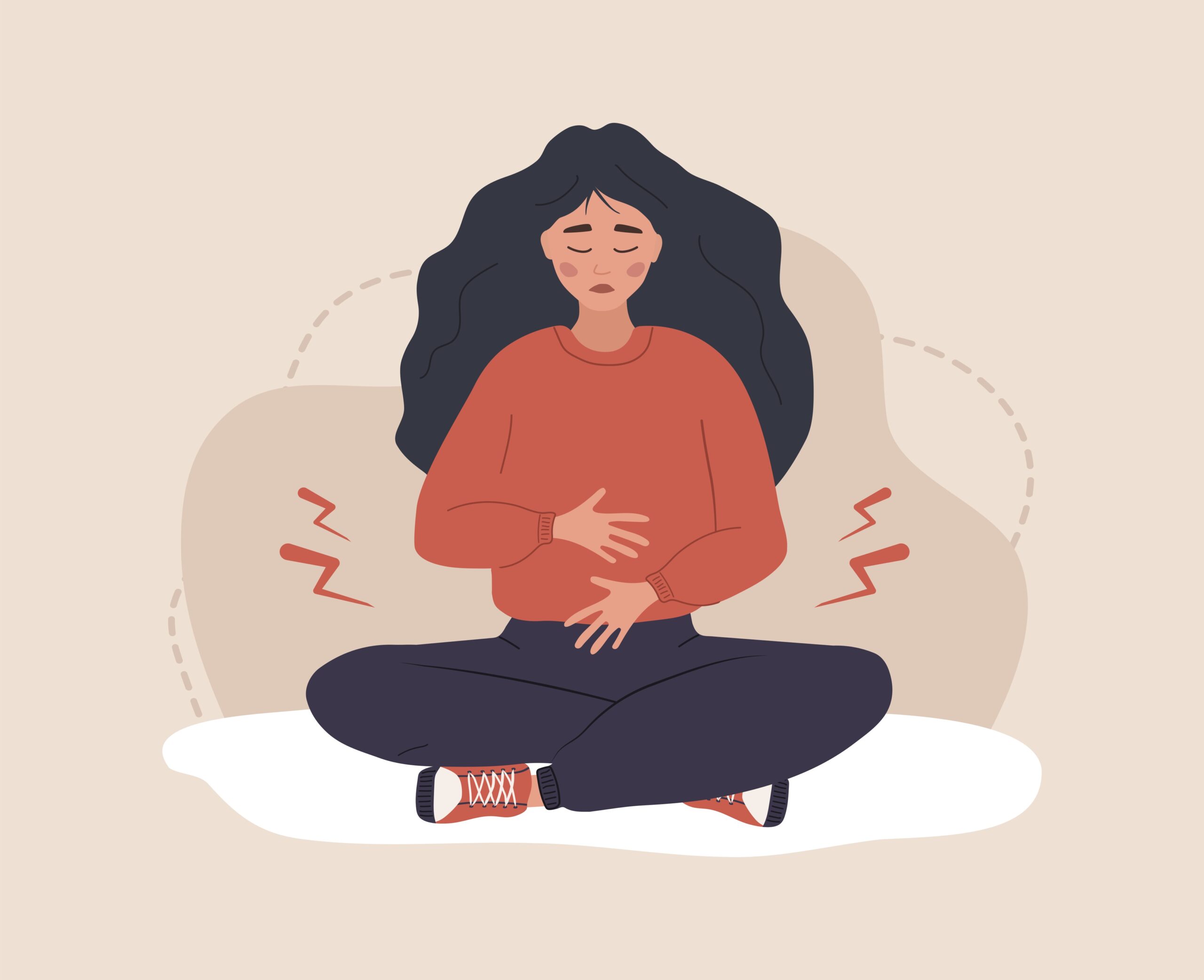March is Endometriosis Awareness Month. Women all over the world are striving to raise awareness for this disease and to advocate for the 1 in 10 women around the world that live with it. Endometriosis, driving from the word endometrium, is a medical condition where the cells that make up the lining of the uterus begin growing outside of the uterus. In many cases, endometriosis is often the primary reason for infertility.
Trying to get pregnant with a diagnosis of endometriosis is incredibly difficult. According to the American Society for Reproductive Medicine, as many as 50% of infertile women live with endometriosis. Endometriosis alters the pelvis, causes auto-immune issues, changes in hormones, scarred fallopian tubes, as well as lower egg quality.
Endometriosis alters the pelvis, causes auto-immune issues, and changes in hormones can create scarring on the fallopian tubes, as well as contribute to lower egg quality. These factors severely impact fertility, making it much more difficult for women with endometriosis to become pregnant. But there’s hope. In most cases, surgery to remove cysts and scarring can improve the chances of becoming pregnant. Many women opt for estrogen-blocking medications like birth control, which reduces symptoms as well. While there is no known cure for endometriosis, medication, as well as working with a doctor and establishing a plan of care, can alleviate symptoms.
Even celebrities and public figures have become increasingly candid over the years about their struggles with endometriosis and how it’s impacted their lives. Actress and director Lena Dunham, singer Halsey, author Chrissy Teigen, and comedian Amy Schumer, are some of the women in Hollywood who have opened up about their journeys with endometriosis to the media in the hopes of raising awareness.
Recently, wildlife expert and daughter of Steve Irwin, Bindi Irwin, took to social media to share her experiences with endometriosis, saying that it came down to “the responsibility I feel to share my story for other women who need help.” Posting a photo of herself in a hospital bed and gown, Irwin described years of pain, fatigue, and nausea caused by symptoms of endometriosis.
She describes doctors writing off her pain as simply being a ‘women’s issue’, adding to further feelings of invalidation and frustration. Irwin highlights how at first, she wasn’t taken seriously by healthcare providers, and it took over 10 years to be validated by a doctor. She also states that she recently decided to undergo surgery, in which doctors found 37 lesions caused by cysts that had formed, which she writes, “were very hard to remove.”
Endometriosis is hardly uncommon. It affects 6.5 million women in the United States alone, and 190 million women globally according to the World Health Organization. Endometriosis is most common in women ages 25-40. Being diagnosed years after symptoms begin is also not uncommon. We spoke with “Jane” who asked that we not use her last name for this interview.
She’s 24 and commercial a photographer from Georgia. Jane was recently diagnosed with endometriosis after years of concerns regarding her reproductive health, “I knew there was something wrong pretty early on.” Jane has since found some at-home remedies for combating the many symptoms of endometriosis. Along with maintaining a healthy lifestyle, transcutaneous electrical nerve stimulation (TENS) therapy has been a huge source of relief. “I am a firm believer in the “My Oovi” that uses TENS therapy to help with pain management,” offered Jane, “I’ve been using one of their devices for 5 months now and although it has less of an effect during menstruation, it is very effective between cycles for general pain management. Also, heating pads can be a very simple and helpful remedy.”
Many find the pain of endometriosis very isolating but with the support of organizations like The Endometriosis Foundation of America, it doesn’t have to be. “I want people to know that while endometriosis can be a lonely disease there are resources out there that can help,” says Jane, “Living through the pain it brings on not only affects you, but it also affects your sex life, your ability to carry on a relationship too.” When asked how she felt when she was finally diagnosed, Jane says the word ‘validation’ comes to mind.
Jane added, “honestly, I feel thankful. I’ve been searching for a name for my pain since I was just a kid and to have the validation that my pain comes from something real and valid changed my life. The years of pain, doctors, and ultrasounds should not have been necessary, but they got me to the final diagnosis that changed my life forever. Have hope.”


